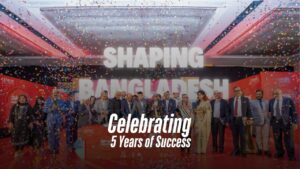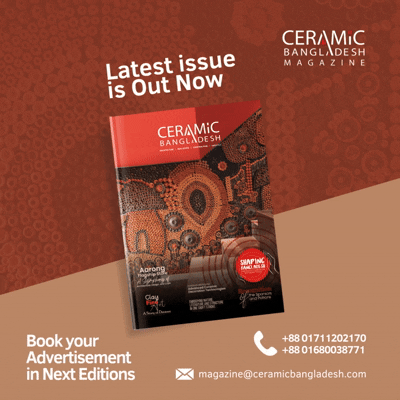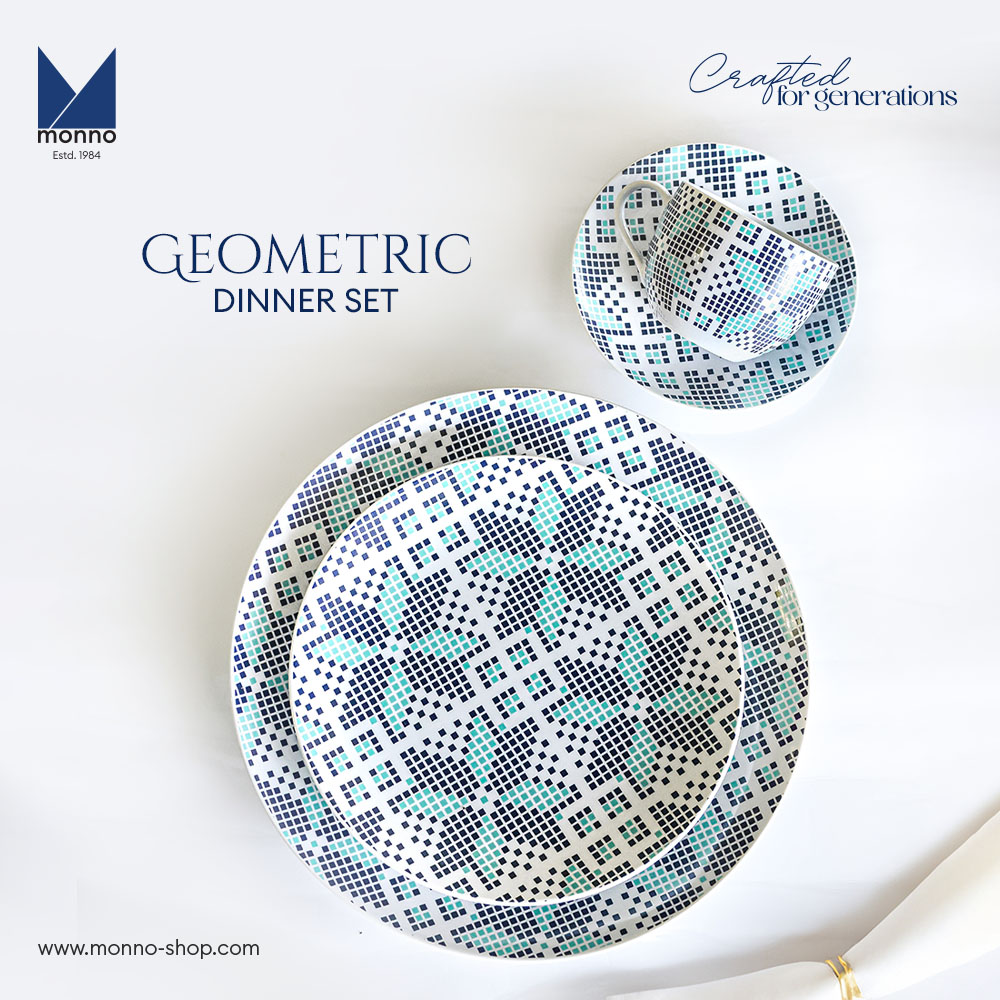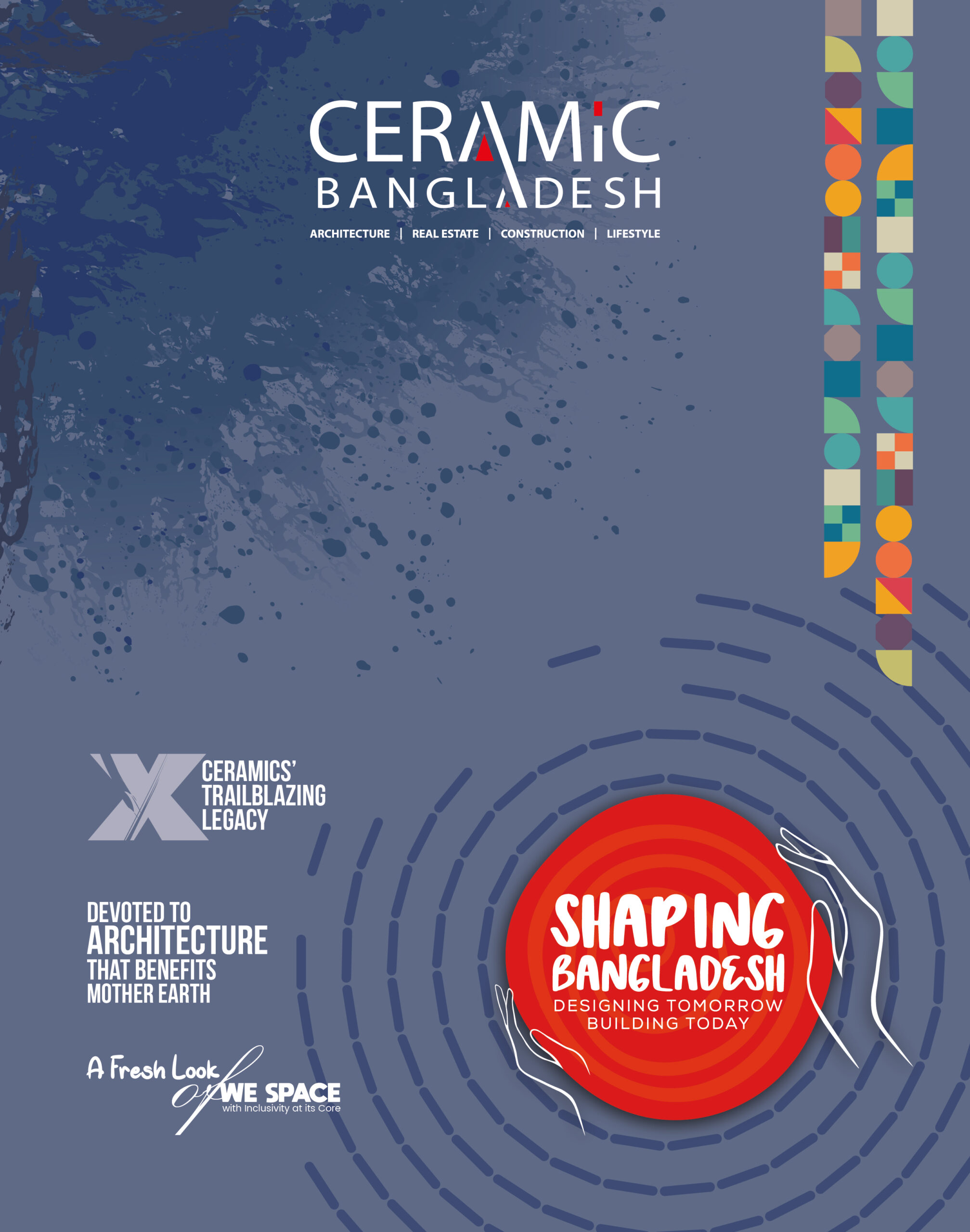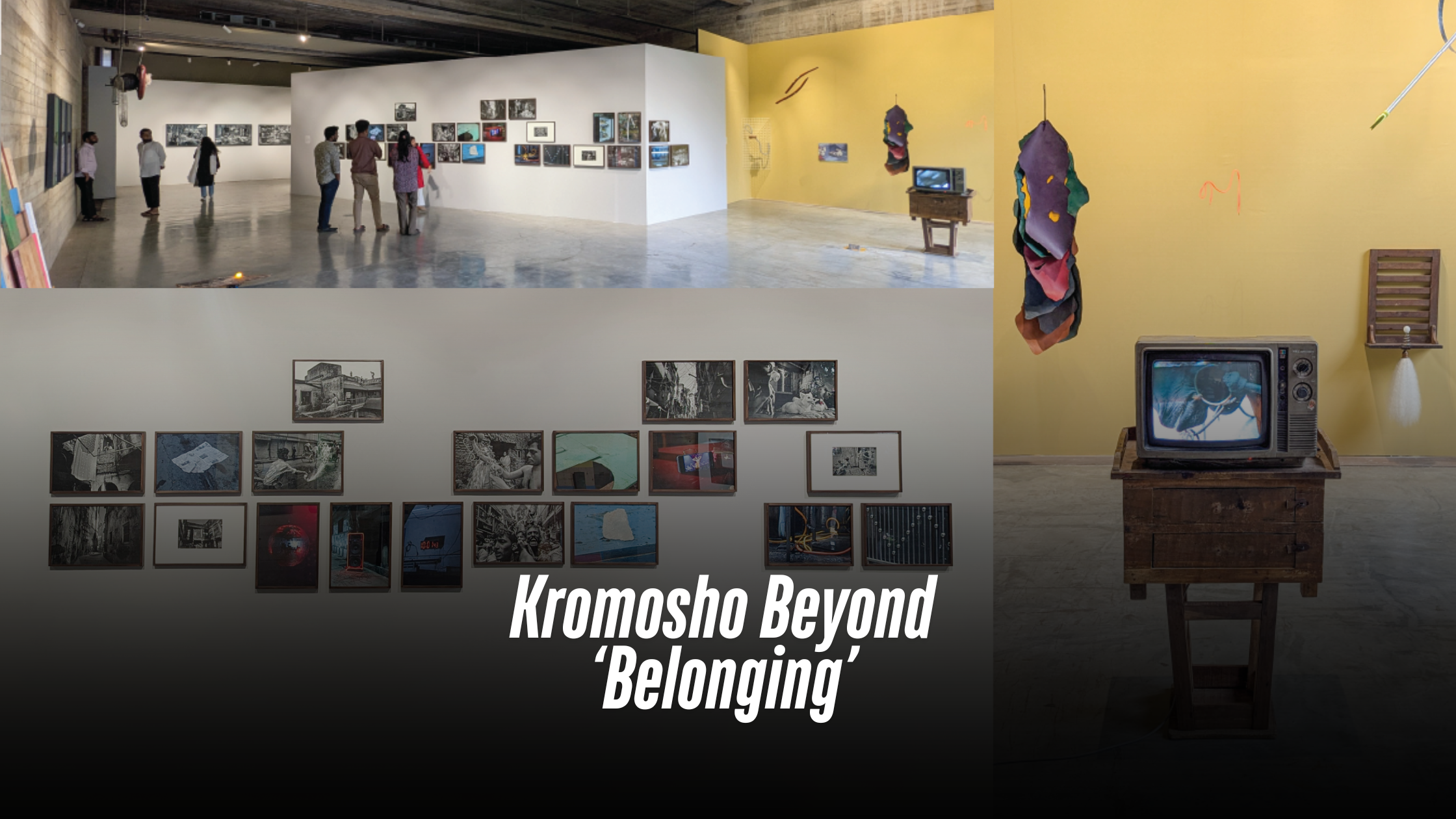
Kromosho Beyond ‘Belonging’
In the mid-2000s, a young- Munem Wasif began exploring the hidden corridors of Old Dhaka alongside his trusty, timeworn companion, Zenit—a mechanical relic from the Soviet era. This journey eventually culminated in his 2012 photographic masterpiece Belonging, a work that revolutionized visual storytelling in Bangladesh’s art scene. Much like the dark, ever-flowing waters of the Buriganga that have witnessed Dhaka’s transformation, Wasif’s artistic journey has traversed many phases—each urging audiences to look beyond the surface. From `Seeds Shall Set Us
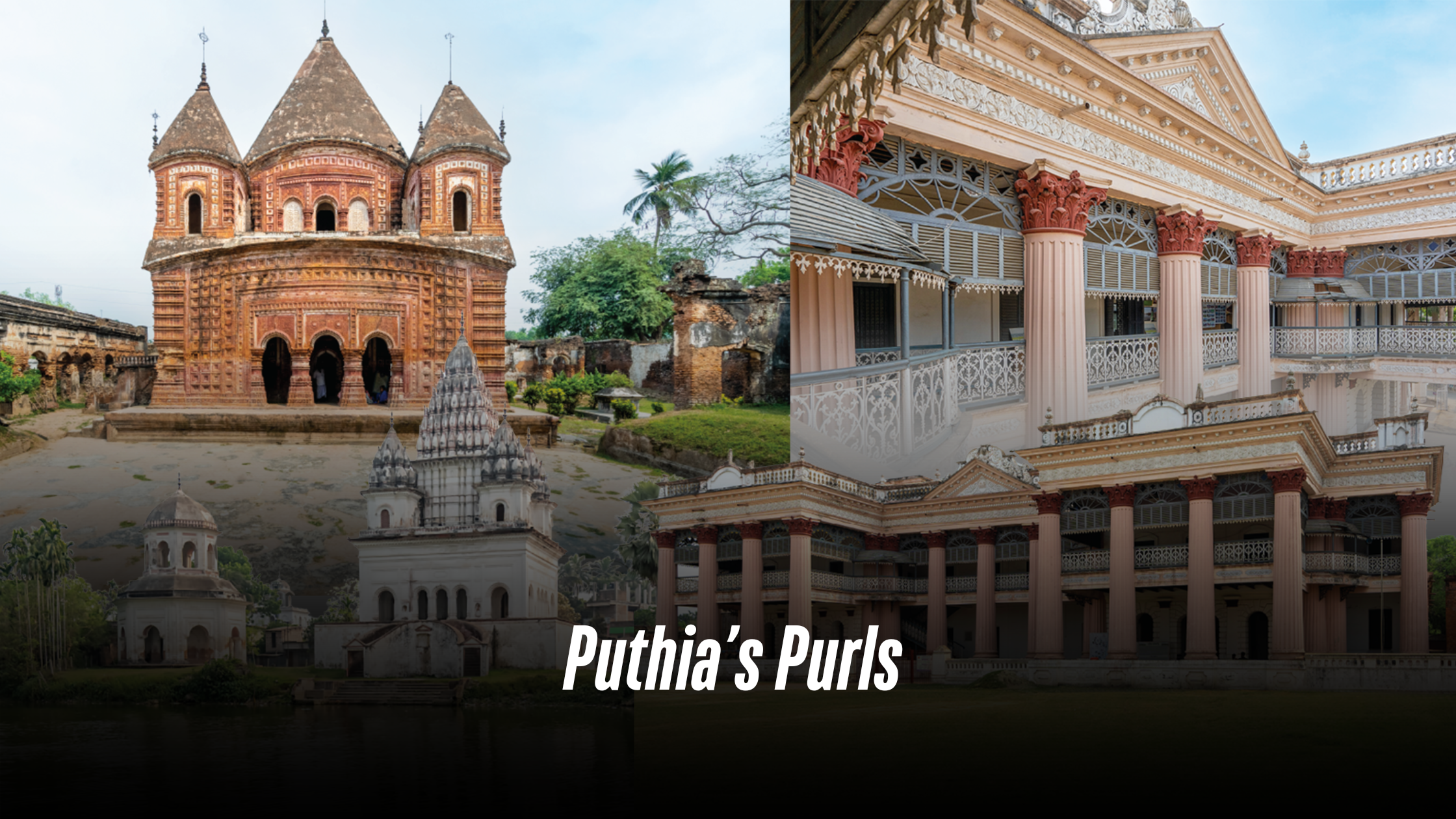
Puthia’s Purls
Nestled in northern Bangladesh in the heart of Rajshahi, the Puthia Rajbari (Palace) Complex stands as a vivid reminder of the region’s storied past. This captivating ensemble of temples and palaces—set against a backdrop of tranquil water bodies and lush greenery—offers visitors a rare glimpse into the majesty of Bengal’s bygone eras Puthia’s rise to prominence dates back to the late 16th century, evolving by the 18th century into a bastion of wealth and influence. Originally part of

Indian Ceramics Asia
Announces New Dates for 2026 Edition: To Be Held from January 28–30, 2026 in Gandhinagar, Gujarat, India Indian Ceramics Asia, India’s only B2B trade fair for the ceramics and brick industry, has announced the dates for its landmark 20th edition. The upcoming show will take place from January 28–30, 2026, in Gandhinagar, Gujarat. Organised by Messe Muenchen India and Unifair Exhibition Services, the 2026 edition is strategically scheduled earlier in the year to better align with the industry’s
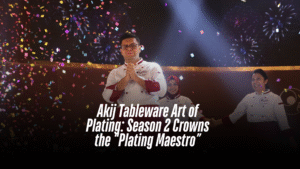
Akij Tableware Art of Plating: Season 2 Crowns the “Plating Maestro”
The curtain has drawn on the remarkable journey of Akij Tableware Art of Plating: Season 2, the pioneering reality show that reimagined tableware as a medium for creative expression and showcased the artistry of modern plating. Following weeks of intense competition, visually striking presentations, and exceptional culinary performances, the grand finale—held on May 16, 2025—served as a fitting conclusion to a season defined by innovation and excellence. Md. Golam Rabby emerged victorious as the champion, taking home the Plating Maestro title along with BDT 10,00,000 along with a professional plating course, national media exposure, and an exclusive Akij Tableware dinner set. The competition was fierce, with equally impressive performances by the runners-up: Iffat Jerin Sarker, awarded Plating Icon (1st Runner-up), received BDT 5,00,000; Dr. Rawzatur Rumman, crowned Plating Maverick (2nd Runner-up), won BDT 3,00,000; Homayun Kabir and Nawsheen Mubasshira Rodela, honored as Plating Masterminds (4th and 5th place respectively), each received BDT 1,00,000. Hosted across Banglavision, RTV, Deepto TV, and streaming on Chorki, Akij Tableware Art of Plating: Season 2 captivated audiences nationwide with its unique blend of tradition and innovation. Contestants turned beloved dishes into visual and gastronomic masterpieces, judged on aesthetics, technique, and culinary understanding. Akij Tableware Art of Plating: Season 2 redefined how we experience food—elevating it from everyday necessity to a dynamic, visual art form. The show celebrated creativity, precision, and innovation, turning each plate into a canvas where flavor met form. Throughout the season, contestants pushed boundaries, transforming ingredients into stunning, story-driven presentations that delighted both the eyes and the palate. More than a competition, this season launched a new movement in culinary expression, inspiring audiences to rethink how food is seen, served, and appreciated. And the journey isn’t over—a new season is coming soon, promising fresh talent, bold ideas, and next-level plating artistry. To stay updated on what’s next, follow www.aop.com.bd and join the evolution of food into a true visual experience.
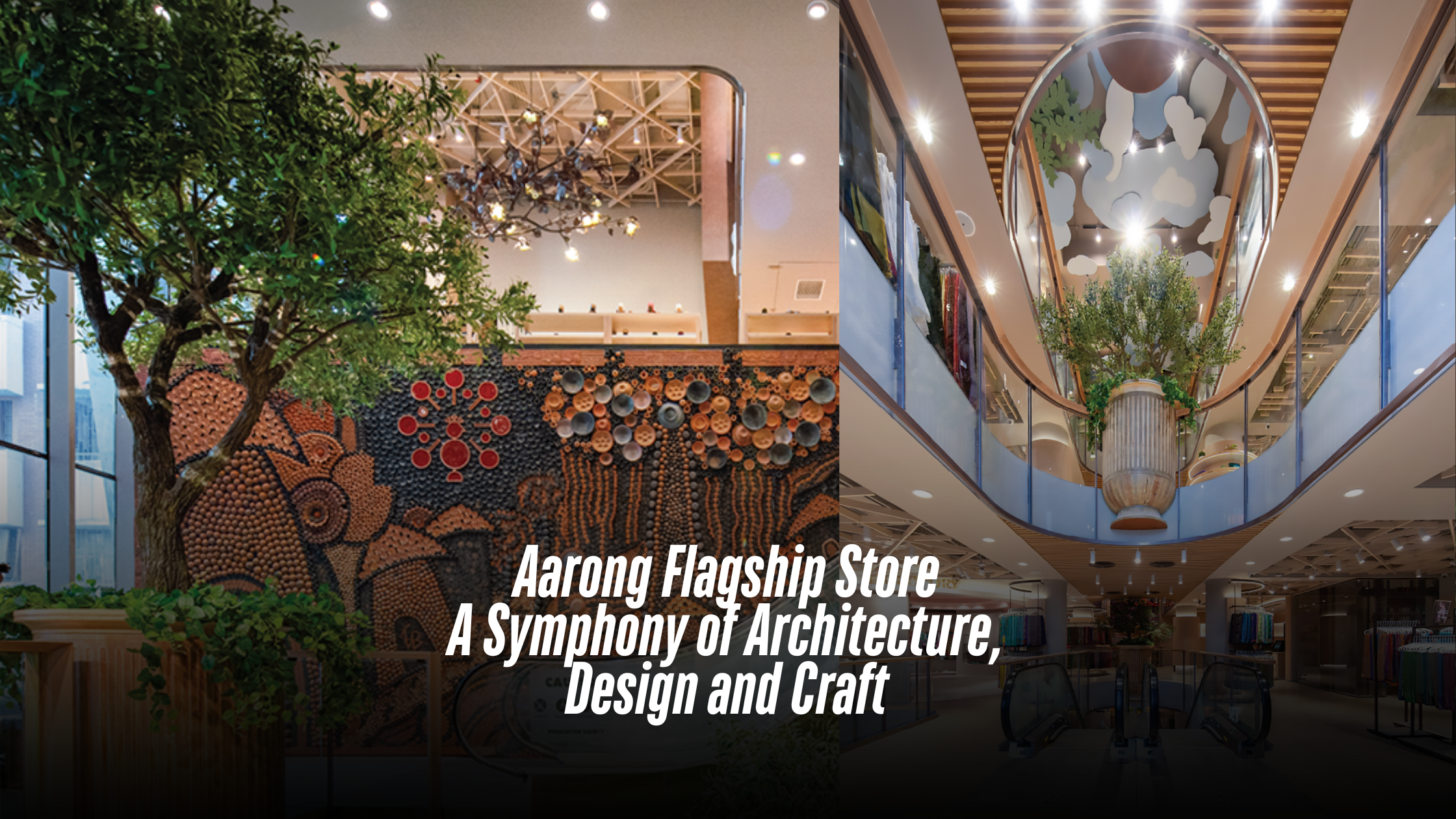
Aarong Flagship Store A Symphony of Architecture, Design and Craft
Aarong, the flagship brand of BRAC, has long been a beacon of Bangladeshi craft and heritage. Since its founding in 1978, it has evolved from a humble platform supporting rural artisans into one of the most iconic lifestyle retailers in the country. At every stage of its journey, Aarong has remained dedicated to preserving traditional crafts while embracing innovation in design and retail. This commitment culminates in its latest and most ambitious endeavor: the Aarong Flagship Store in Dhanmondi. This isn’t just a new store; it’s a monumental celebration of Bangladeshi craftsmanship, culture, and creativity. With its grand opening, the Aarong Flagship Store has become the world’s largest craft store. Yet beyond the scale, it is the thoughtfulness of the design, the intricacy of the artistry, and the profound connection to Bangladesh’s heritage that make it truly remarkable. Here, architecture becomes a canvas, interiors breathe with narrative, and every art installation stands as a tribute to the nation’s soul. Weaving a Legacy in Concrete At the heart of Dhanmondi, where tradition meets the rhythm of urban life, stands a building that does more than offer products—it tells a story. The Aarong Flagship Outlet, designed by the visionary team at Synthesis Architects, is not merely a retail space—it is a woven fabric of heritage, memory, and movement. The design draws its soul from an age-old practice: weaving. For generations, Bangladeshi artisans have mastered the loom, interlacing threads into forms that embody both beauty and utility. This fundamental craft became the architectural metaphor—fluid, connected, and timeless. A singular, sweeping ribbon—symbolic of woven fabric—emerges from the ground, bends, flows, and re-emerges, wrapping the building in a gesture that is both gentle and bold. This ribbon, meticulously cast in handcrafted concrete, intertwines tradition with contemporary expression. It shields and shelters, filters light and air, and gracefully performs the roles of both skin and soul. Designing for Aarong, a brand synonymous with preserving and promoting Bangladeshi craftsmanship, was an exercise in alignment. It was about giving architectural form to a cultural mission. The interior was choreographed as an experience. Color, texture, and flow were orchestrated to tell stories of rural hands, tribal patterns, and generational skill. The internal movement—voids, escalators, panoramic lifts—echoes the interlacing of threads on a loom. The building doesn’t simply house craft; it embodies it. There were challenges—limited plot size, urban code restrictions, and the complex layering of customer experience. But like the imperfections in a handwoven textile, these constraints added to the character. The architects embraced a rare construction process involving custom shuttering techniques that fused handcrafted care with structural innovation. It was, in many ways, architecture as craft—thoughtful, tactile, and deeply human. The Aarong Flagship Outlet is more than a commercial destination—it is a living artifact. A building where the spirit of Bangladesh rises through poured concrete, where ribbons of history and modernity interlace, and where the vision of Synthesis Architects comes alive in every curve, corner, and corridor. Narratives in Space: Designing Aarong’s Interior Stepping inside Aarong’s Dhanmondi flagship store is like entering a carefully curated journey through the textures, colors, and stories of Bangladesh. The interior design—an inspired collaboration between DWm4 Intrends Ltd, KNMR Ltd – Quirk & Associates JV, and Aarong’s in-house team—transforms the space into something far more than a retail outlet. It becomes a living, breathing storybook. From the outset, Aarong’s internal creative team played a vital role in shaping the vision. With deep roots in the brand’s philosophy and a nuanced understanding of its audience, they ensured the design remained authentically rooted in Bangladeshi heritage while pushing the boundaries of modern retail aesthetics. Guided by a philosophy rooted in transparency, movement, and nature, the space invites exploration. A rich interplay of materials, tones, and layers creates a rhythmic flow throughout the store. The tactile warmth of crafted surfaces, the strategic use of natural light, and the organic integration of greenery collectively form an ambiance that is both calming and dynamic. Each area reveals a distinct narrative, woven through thoughtful transitions that guide visitors from one crafted world to another. Every detail reflects a broader intention: to connect the threads of past and present, tradition and innovation, artisans and their audience. The space becomes part of the product’s story, amplifying its meaning and value. Executed with precision and artistry by the expert team at Charuta Limited, the interior fit-out brings this collective vision to life. At the heart of this journey was the dedicated team of architects and designers from Aarong, whose cultural insight and creative vision shaped an environment that celebrates both legacy and innovation . Art Installations: Where Stories and Spaces Intertwine Beyond architecture and interiors, the Aarong Flagship Store stands out for its large-scale art installations—transforming it from a retail space into a cultural landmark. Each piece, created by a blend of independent artists and Aarong’s in-house team, captures a different facet of Bangladeshi life and heritage. The Great Arena: A Monumental Nakshi Kantha Designed by Samiul Alam Himel in collaboration with Aarong’s in-house team, this towering four-story installation reimagines the storytelling tradition of Nakshi Kantha in architectural form. Traditionally stitched by rural women to document everyday life, these narrative quilts are here translated into flowing sculptural lines and vivid, layered colors. Titled “MohaArongo: The Great Arena,” the piece stretches 44 feet high and 10 feet wide, handcrafted over six months by 250 artisans from rural Bangladesh. The work is not only monumental in scale but also in meaning. Created from repurposed fabrics, salvaged beads, and discarded ornaments, it embodies a philosophy of renewal and resilience. The piece weaves a narrative journey through rural life, folklore, urban aspirations, and cosmic imagination—stitched in intricate Nakshi Kantha techniques drawn from Aarong’s archives and reinterpreted across various fabrics. Orange threads guide the eye through this swirling story, culminating in motifs like peacocks, trees of life, and village fairs, each carrying hidden stories within their forms. Rising through the central atrium, the installation invites viewers to look upward and

PEOPLES CERAMIC INDUSTRIES Clay, Fire, Art: A Story of Dreams
As the morning sun gently illuminates glass windows and casts playful shadows on the floor, a new day’s story unfolds. Beyond the city’s hustle and bustle, skilled hands at Peoples Ceramic Industries Limited (PCI) work tirelessly to craft each perfect piece—an extraordinary fusion of clay, fire, and creativity. Today, Bangladesh’s ceramic industry has evolved far beyond home décor into a globally recognised brand. At the forefront of this transformation is PCI. Established in 1962—originally known and registered as Pakistan Ceramic Industries Ltd.—the company has grown over 63 years into one of the nation’s oldest and most respected ceramic manufacturers. Its reputation for high-quality porcelain tableware, sustainable technology, and a robust international presence speaks for itself. In this edition of Ceramic Bangladesh, we sat down with Lutfur Rahman, the Managing Director of Peoples Ceramic Industries Ltd. A visionary in his own right, Lutfur has both preserved and expanded his father’s legacy, positioning PCI as a key player in Bangladesh’s industrial evolution. A Legacy Built on Vision and Integrity Lutfur Rahman began the interview by proudly showing a photograph of his father, Ansar Uddin Ahmed—the mastermind behind Peoples Ceramic. A civil engineer who graduated from Ahsanullah Engineering College (now BUET) in 1947, Ansar Uddin was driven by an enduring desire to serve his country—not through bureaucracy but by creating something truly meaningful. After a brief stint in the government sector, he pursued his entrepreneurial dreams. In the early 1950s, he founded United Engineers, securing a first-class license from the government. His firm was responsible for several prominent constructions that still stand today, including the Ceramic Institute in Tejgaon, Dhaka Polytechnic Institute, and Chittagong Medical College and Hospital. It was during his frequent visits to the Ceramic Institute that the idea for a ceramic factory was born. Reflecting on his father’s journey, Lutfur shared, “The relationship between children and their parents has always been special. I grew up watching my father work relentlessly, with my mother by his side supporting every step. His singular desire was to create a new industry and leave behind porcelain tableware as a legacy to improve the quality of life for our people. To realize this dream, he embarked on a long, challenging journey filled with obstacles. He always said, ‘To achieve something, one has to give up something, and there is no shortcut to building a solid foundation.’” The Birth of Peoples Ceramic In 1962, Peoples Ceramic Industries Ltd. was established with a clear and powerful vision—to provide affordable porcelain tableware for ordinary people. At a time when ceramic products were considered a luxury, Mr. Ahmed aimed to bring dignity and elegance to everyday dining. The company chose to manufacture European-style tableware, targeting both local tastes and future export opportunities. By 1982, PCI had successfully entered the international market, with its porcelain products welcomed in Holland and the United Kingdom. Located in the Tongi Industrial Area—a prominent industrial zone in Gazipur, just 20 kilometers from Dhaka—PCI started with basic housewares, tea cups, and saucers designed primarily for restaurant use. Over time, the product line expanded to include institutional ranges catering to hotels, restaurants, and the broader hospitality sector. Reflecting on the company’s humble beginnings, Lutfur recalled, “Peoples Ceramic was established in 1962, with the technical support of Sone Ceramic, Japan. At that time, Japanese engineers stayed in Dhaka to supervise the installation and production process. In the early days, our factory ran on furnace oil, and our products gained popularity right from the start.” Mr. Ansar Uddin Ahmed, who served as managing director of both Peoples Ceramic Industries and Standard Ceramic Industries Ltd., passed away on August 17, 2005. He also served as the first President of the BCMEA from 1992 to 2002, playing a vital role in revolutionising the export of local ceramics. “Tajma Ceramics, established in 1959, was the pioneer in manufacturing earthenware. However, PCI was the first to introduce porcelain production in Bangladesh,” Lutfur explained. According to him, PCI was formally inaugurated by then Industries Minister Dewan Basit and the Japanese Ambassador, with commercial production beginning on June 23, 1966. Overcoming Challenges and Embracing Innovation Marketing large-scale production in the early years posed a significant challenge. To overcome this, Mr. Ahmed ventured into the Pakistani market, successfully competing against two established factories. PCI’s hard-grade porcelain quickly won acceptance, carving out its niche within the subcontinental market. The company has consistently invested in state-of-the-art technology, global raw material sourcing, and upgraded machinery to guarantee quality and cost-effectiveness. This forward-thinking approach has enabled PCI to stay ahead of industry trends for decades. In 2009, the company introduced decal printing—initially using basic logos—and by 2012 had established a fully automated decal printing facility, expanding its design capabilities and reinforcing its brand identity. Aesthetic Diversity: Designs That Tell a Story Today, PCI offers a diverse range of tableware, neatly categorized into housewares, hotelware, and giftware. The company produces approximately 13 million pieces of porcelain tableware annually and employs nearly 712 people. These milestones stand as a tribute to its commitment to quality and innovation. The Road Ahead: Legacy and Vision Under Lutfur Rahman’s leadership, PCI continues to honor his father’s legacy with dedication and innovation. The company has adopted sustainable production practices and is actively exploring new export markets. As Lutfur puts it, “We still hold on to the principles my father set—quality, integrity, and making ceramics accessible for all. Our goal is not only to serve our customers but also to contribute to the country’s economic and industrial growth.” Looking to the future, PCI is exploring renewable energy integration, digital production processes, and expanding its footprint into emerging markets in Asia and Africa. As Bangladesh’s ceramic industry gains global prestige, Peoples Ceramic Industries Ltd. remains at its heart—a symbol of dreams forged in clay and fire, shaped by vision, and driven by a commitment to excellence. Maximizing Waste Utilization in Ceramic Production PCI is also a leader in sustainable practices. “We actively reclaim ceramic scraps at various stages of production—including the green (unfired), bisque


